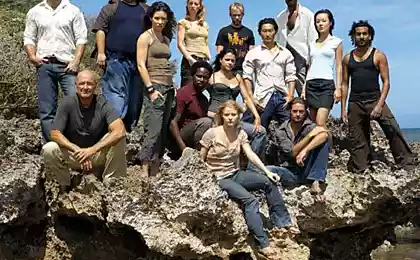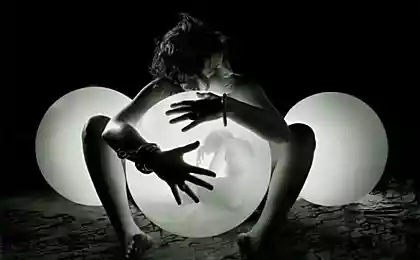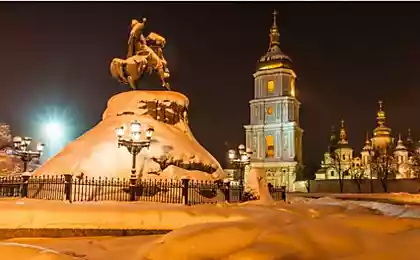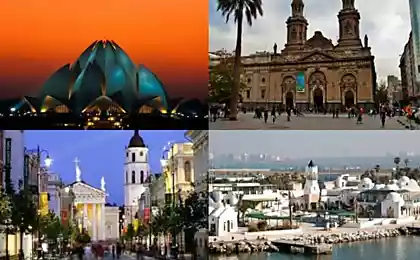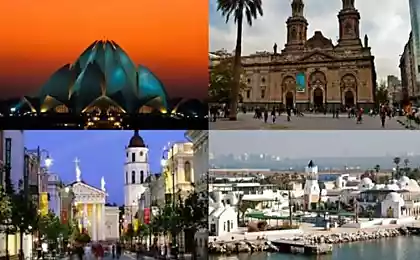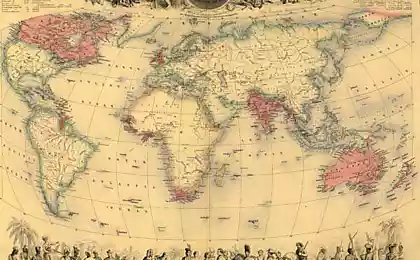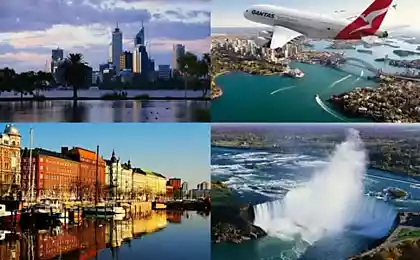2102
Seoul - the city where past and future coexist
Seoul is the largest city of the Republic of Korea and the tenth largest city in the world where the population is over 10 million. Man.
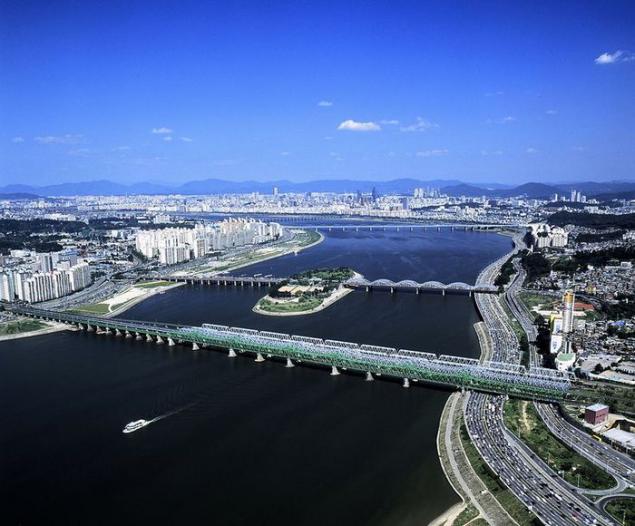
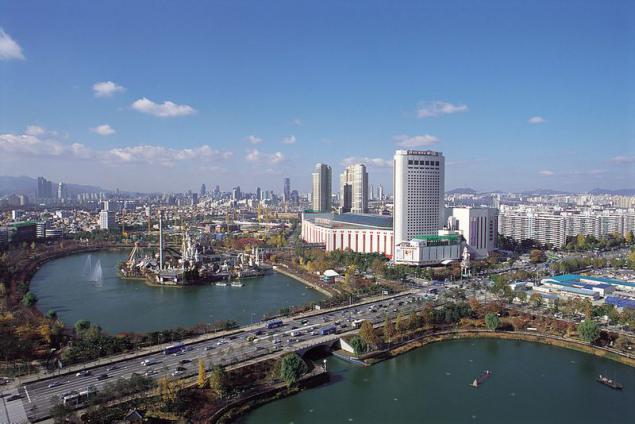
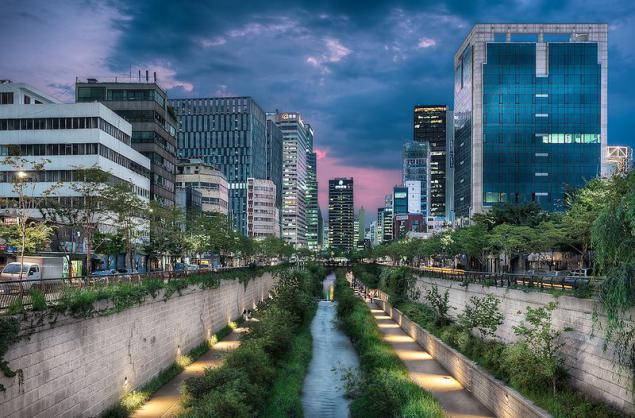
Seoul for six centuries, is the capital of Korea. The spirit of the past is in the maze of streets of the city. The cultural heritage of this town is limitless. The city has many monuments and inspires admiration for modern architecture.
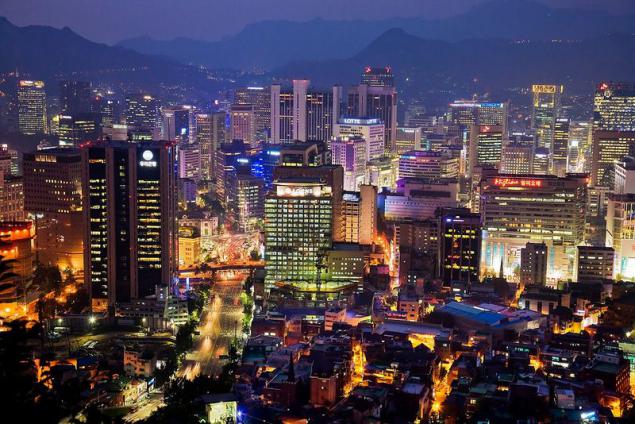
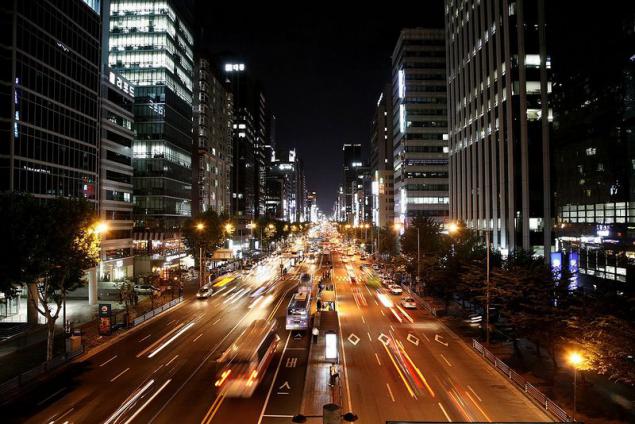
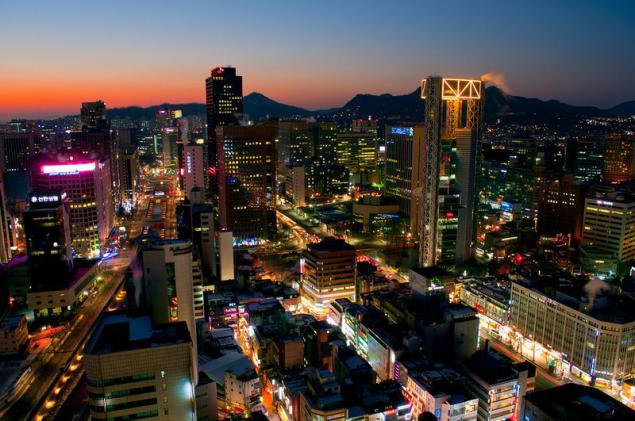
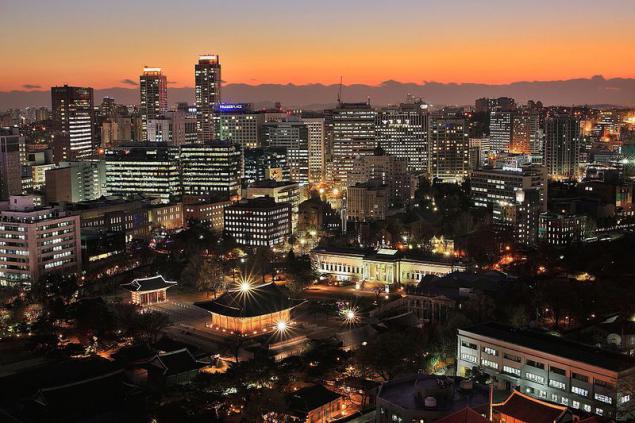

Seoul - this is not only the center of the metropolis, it is also a concentration of all the intellectual, economic and political life of Korea.
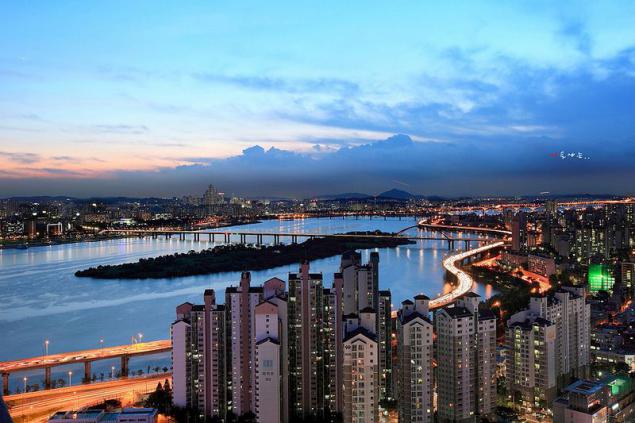
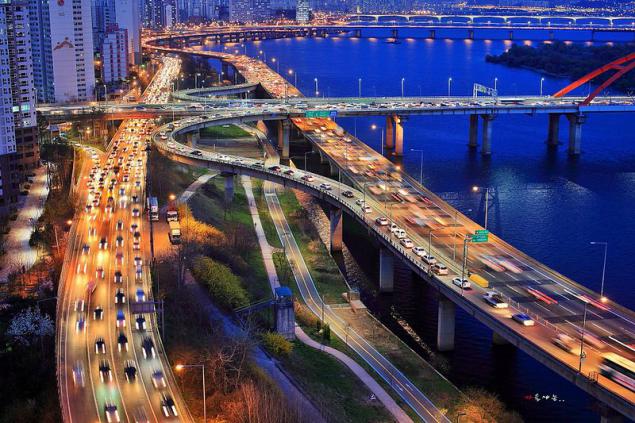
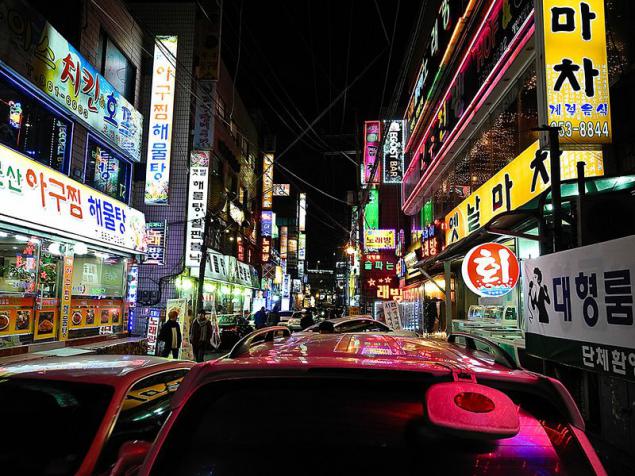

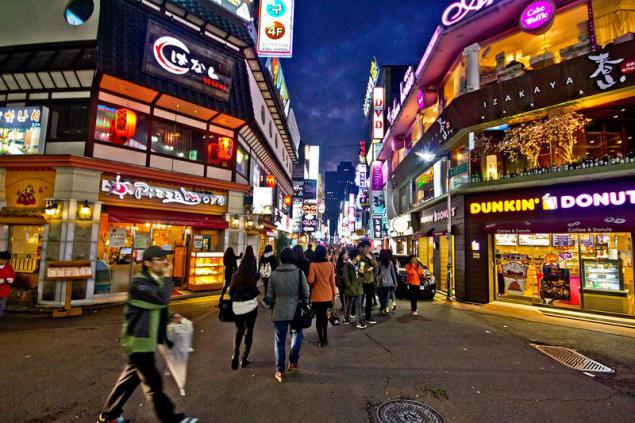
Blue House - the center of Korean politics, so named because the roof of the building, in harmony with the surrounding mountains behind Bugaksan consists of blue tiles. The roof of the Blue House are about 150 thousand tiles, and each has been individually molded to make the roof strong enough for decades.


Ceiling painting the gate to the Blue house

The Blue House is the office of the Chief, Ёnbingvan (guest house), Chunchugvan (Spring and Autumn Pavilion), Nokchzhivon (green grass), gorges Mugunghwa (Rose of Sharon) and seven palaces. It is interesting that the buildings have a unique shape and are built in traditional Korean style.
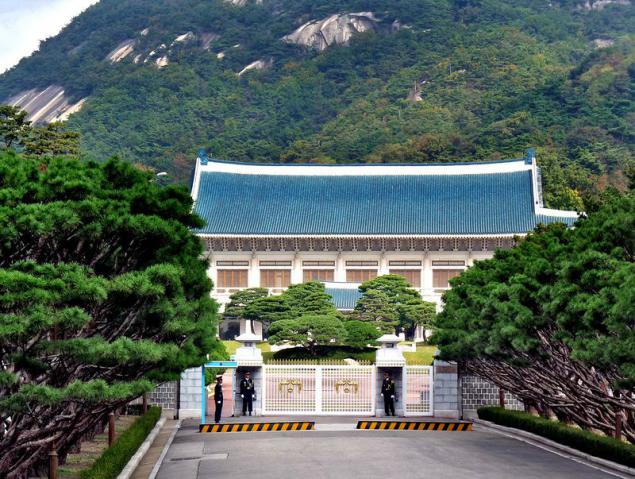
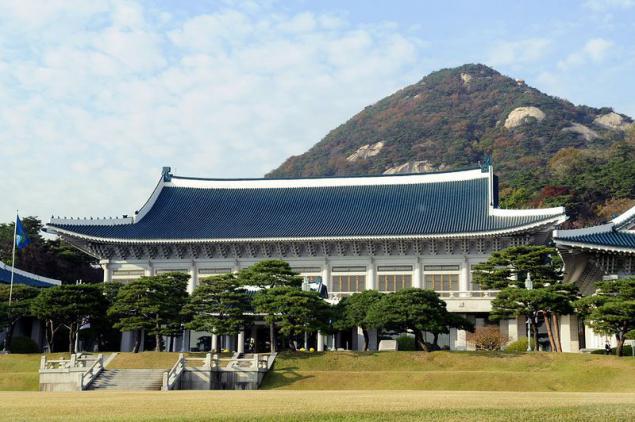
Building Yuksam - "63 floor" - the tallest building around Han River. His golden reflective glass walls cause the surrounding area to overflow golden light - for this it is called "Golden Tower". The building is the highest in Korea tower on view from where you can see all around the city (and on a clear day you can see even the sea Inchon), there is also a cinema IMAX, restaurants, shopping center and the aquarium, which contains about 400 species of the river, tropical and sea creatures.

Namsan (265 m above sea level) - a symbolic mountain located in the heart of Seoul and is very popular as a place to rest.
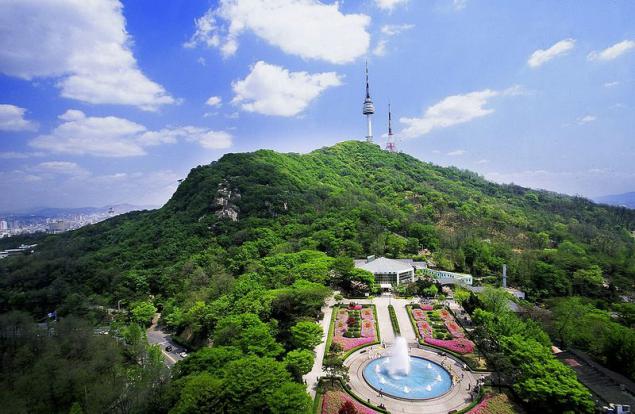
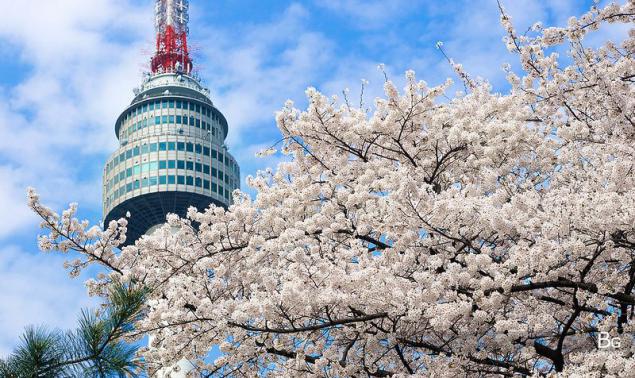
On top of the mountain is the Seoul Tower, fountains, botanical gardens and Namsan Library. You can climb to the top by cable car or on the landing path. Namsan is a historical place, because once it was the center of the capital protection.

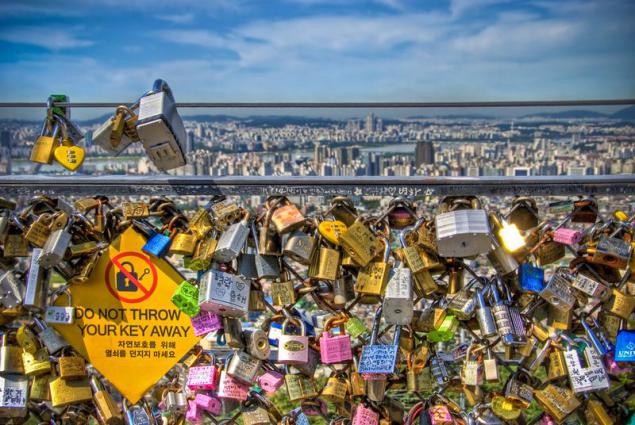
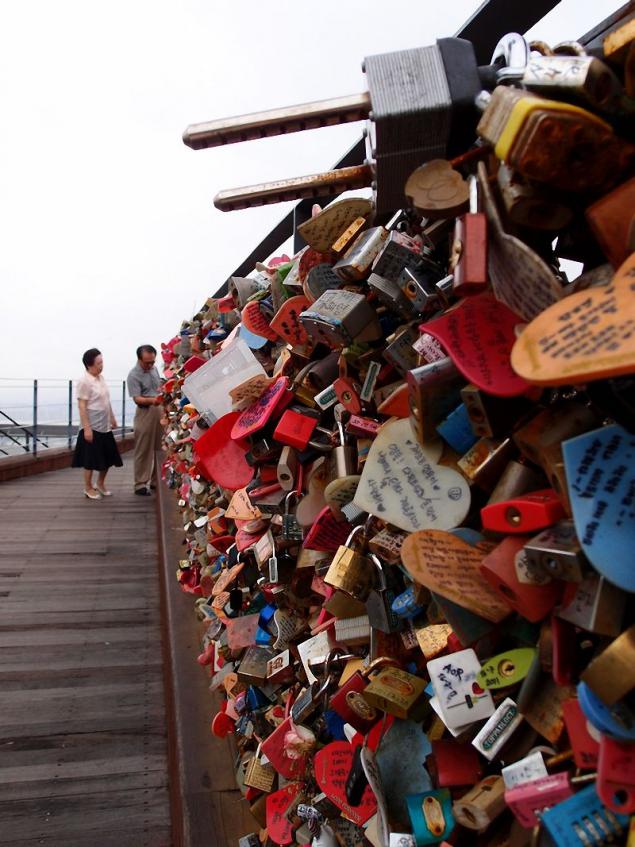

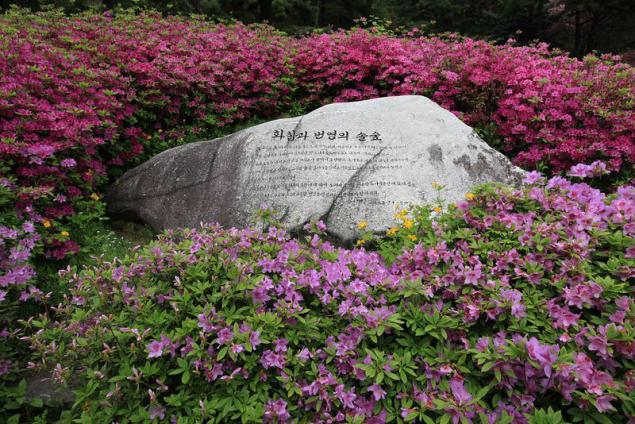

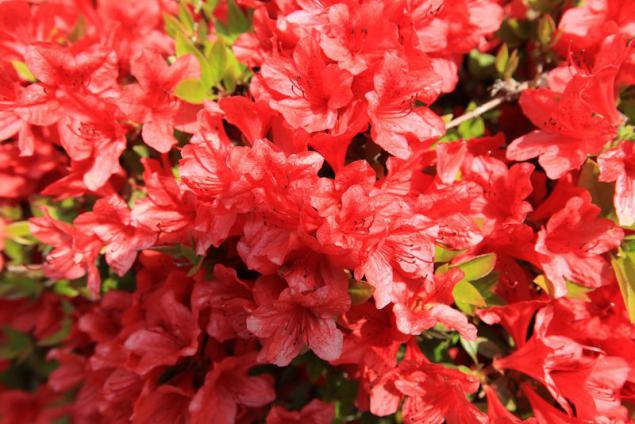
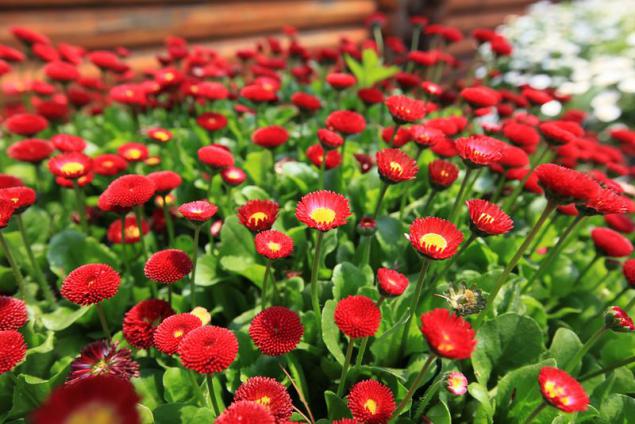
Insa-dong - a place famous labyrinth of alleys, which are located inside the galleries, traditional restaurants, traditional teahouses and cafes. Shops in Insa-dong are very popular among people of all generations, because each store is unique: here you can see the intricacies of Korean traditional art on the example of paintings, sculptures ... In Insa-dong You can also try Korean taffy and meet first-hand with the Korean traditional culture.

Fountain "Moonlight Rainbow»
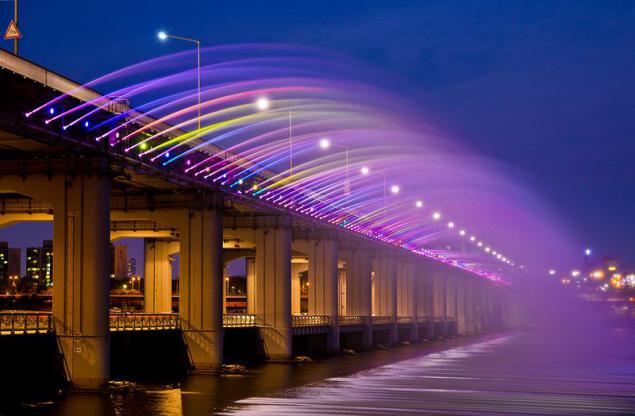
In 2008, the South Korean capital - Seoul was one interesting sights higher. Most BANGO (Banpo), which connects the banks of the River Han in the past did not differ from other bridges, was turned into an unusual fountain.
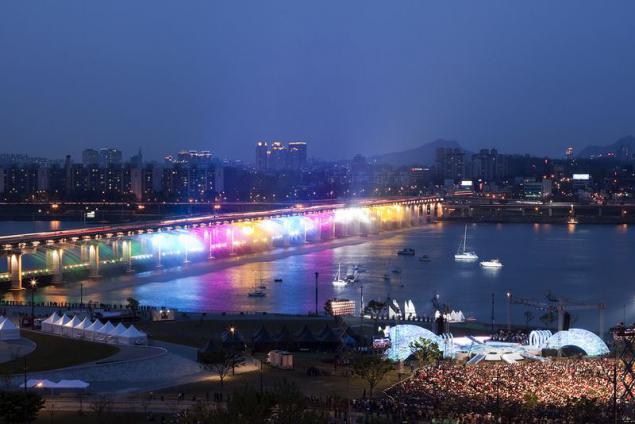

The jets of the fountain like a waterfall, special lighting creates a great effect of game of light rays and jets of water. Especially beautiful waterfall looks like at night. BANGO Bridge has two tiers, and if you are on a lower observation deck, you can feel yourself inside a huge waterfall. Admire the wonderful light show can be both day and evening.
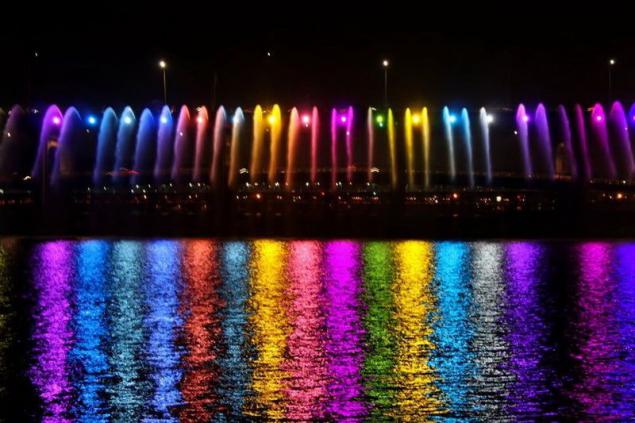
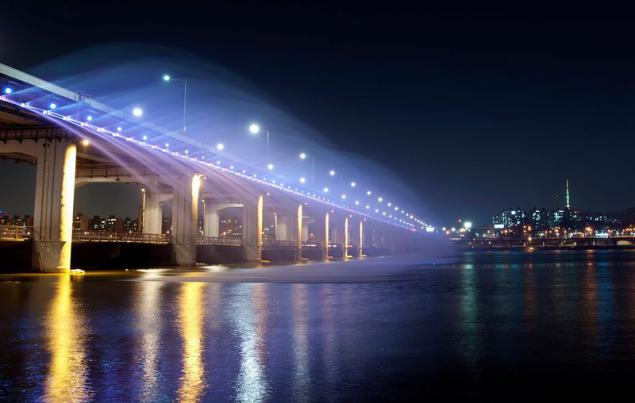
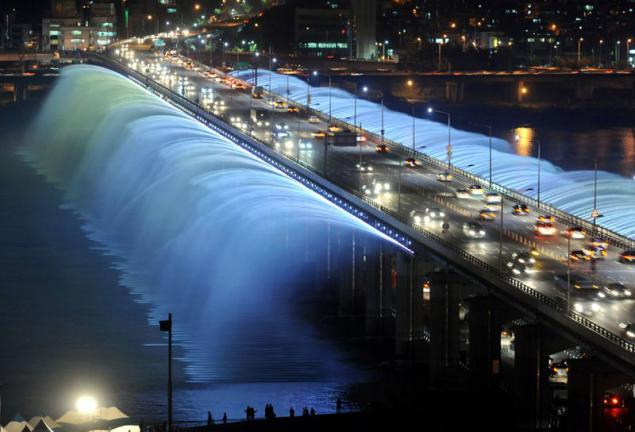
Gwanghwamun Square
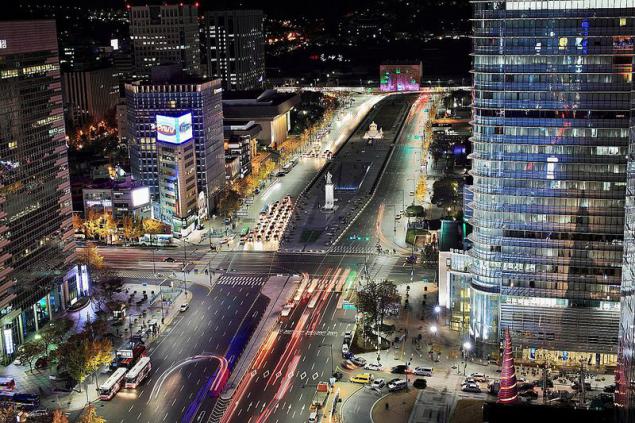
The name was given the gate Gwanghwamun Square - the main gate of Gyeongbokgung palace complex, which served as the residence of the monarchs of the Joseon Dynasty, and was built in 1399.
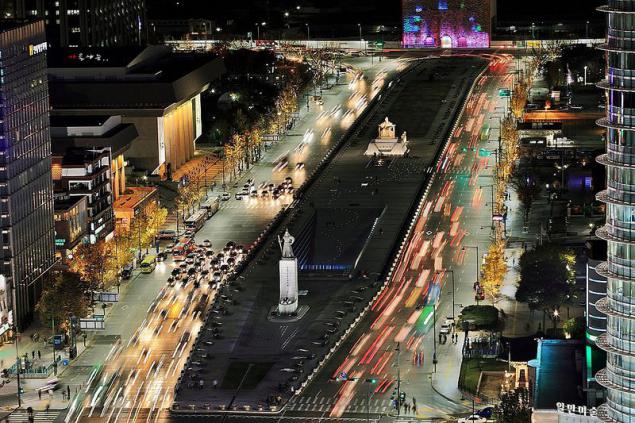
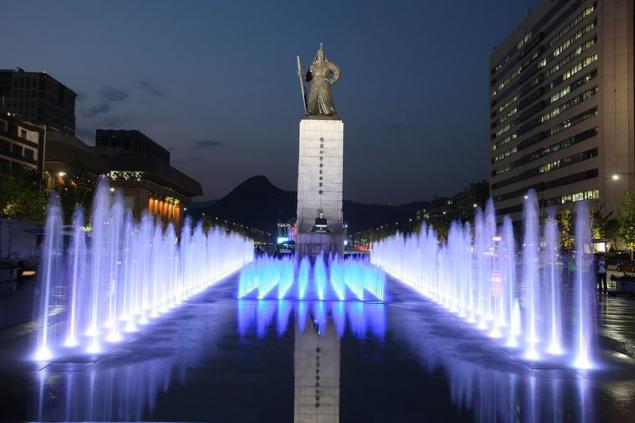

During the Joseon Dynasty road passing in front of Gwanghwamun gate, called Yukcho-burn, that is, literally, "the six orders of the street", because it is here that housed the main royal authorities.

Monument to King (Wang) Sejong the Great

The only aquarium in Korea, divided into six thematic sections, contains approximately 40 thousand. Fish and 600 species of marine life - a truly unforgettable sight!
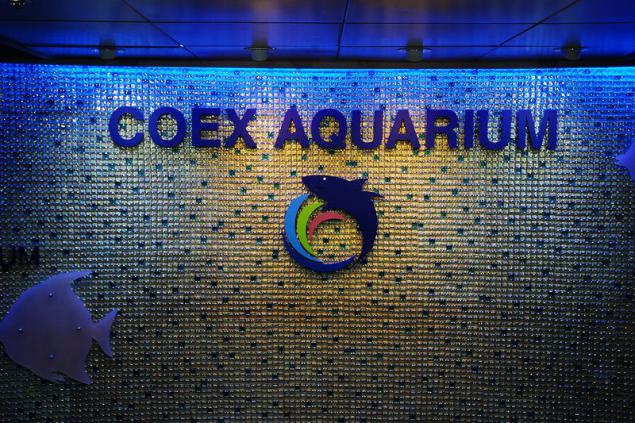
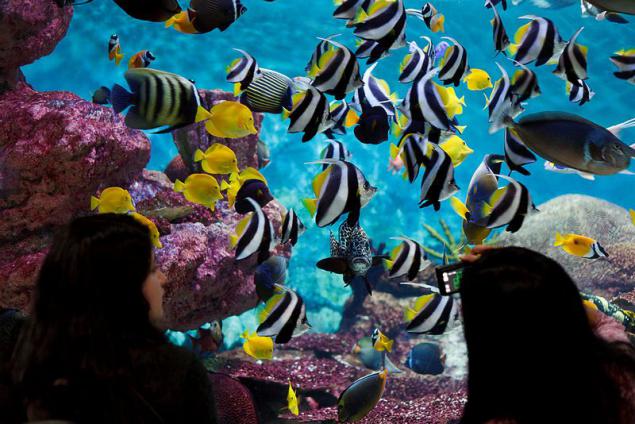
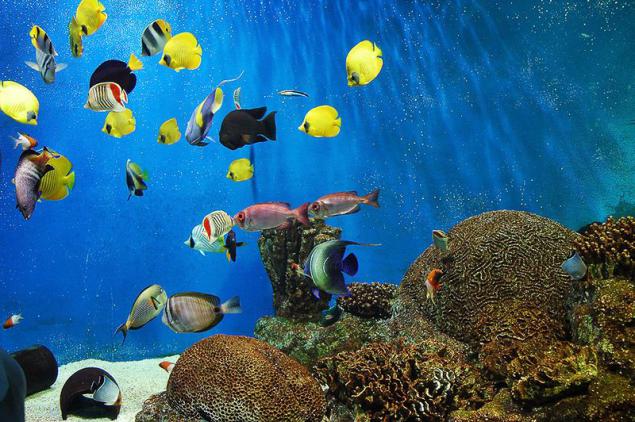
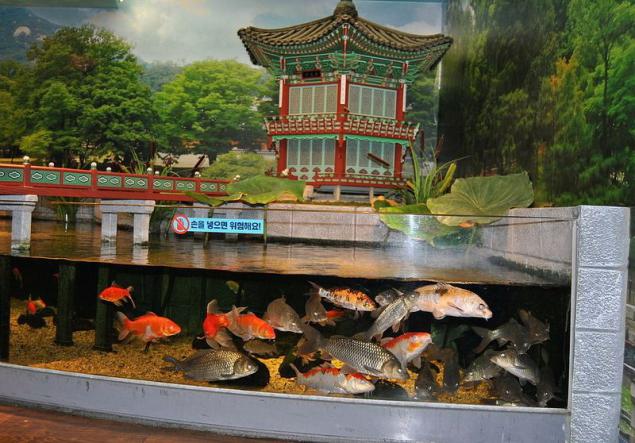
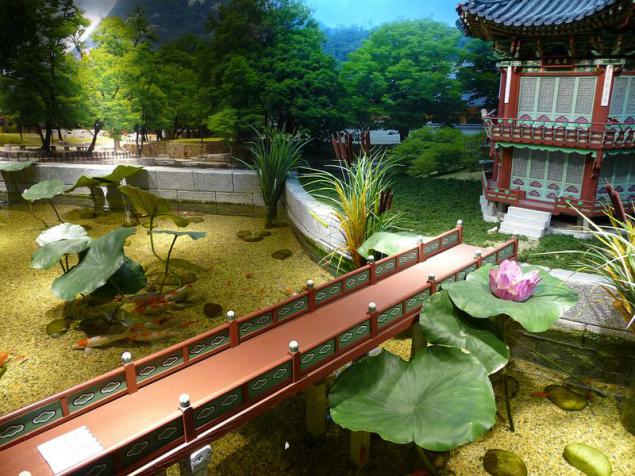


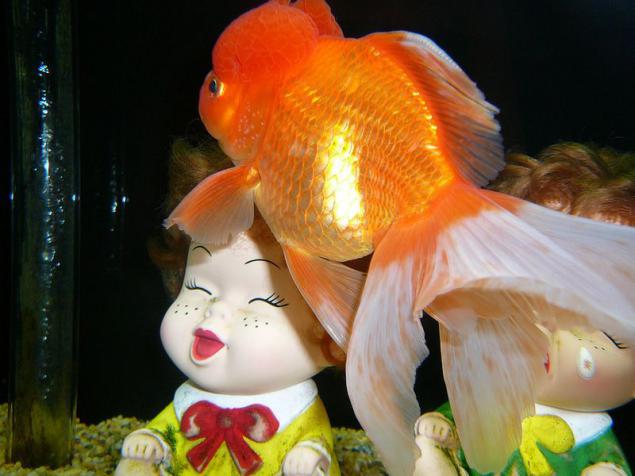
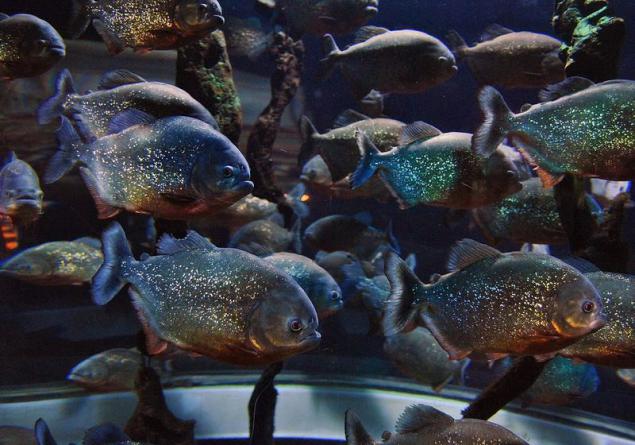
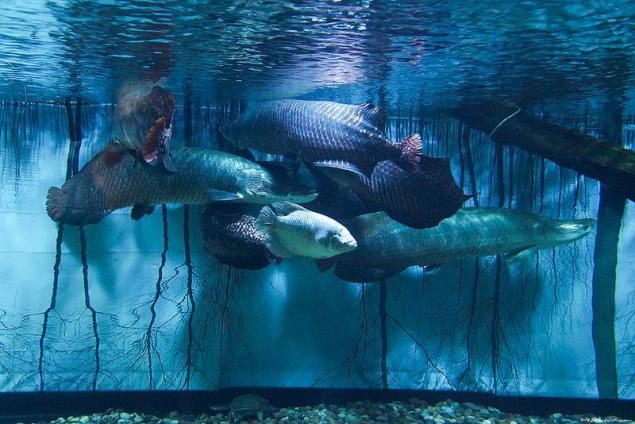
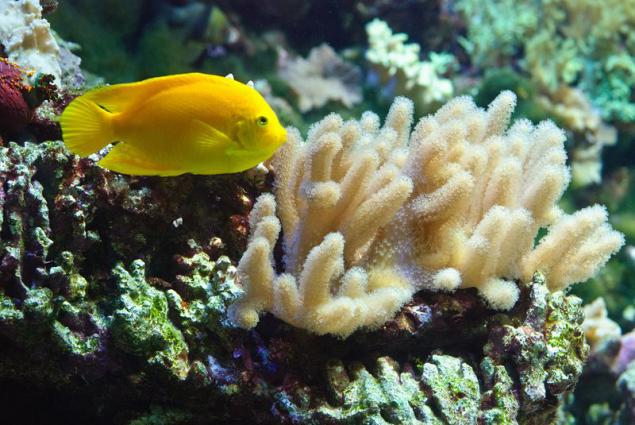

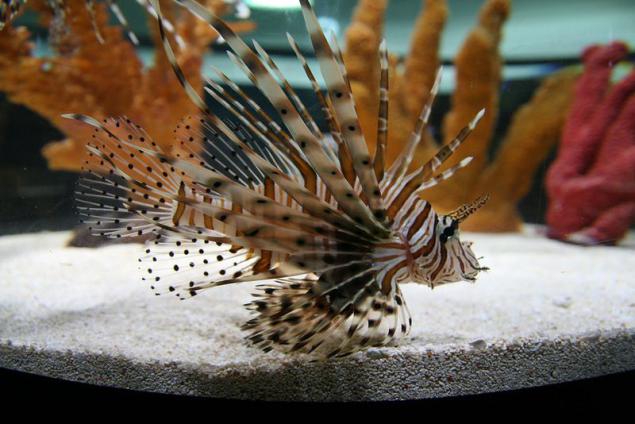
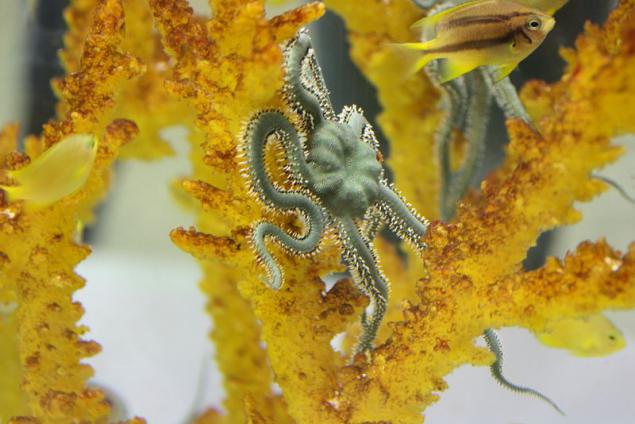

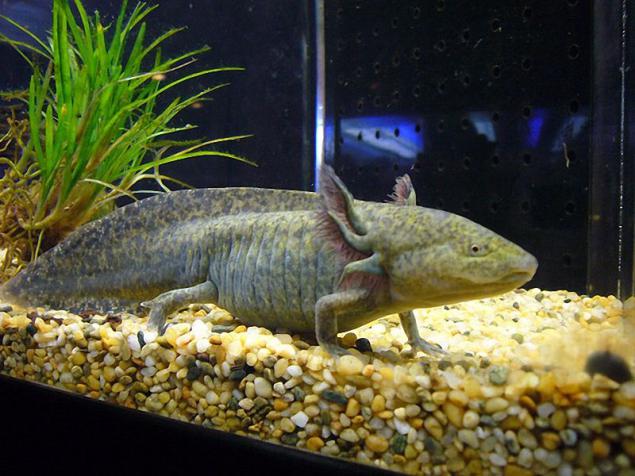
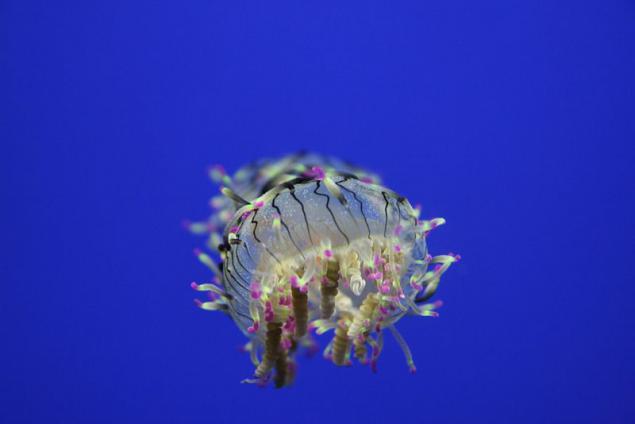
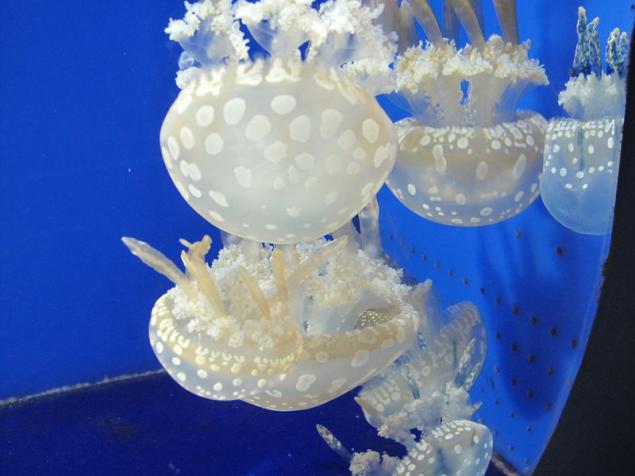
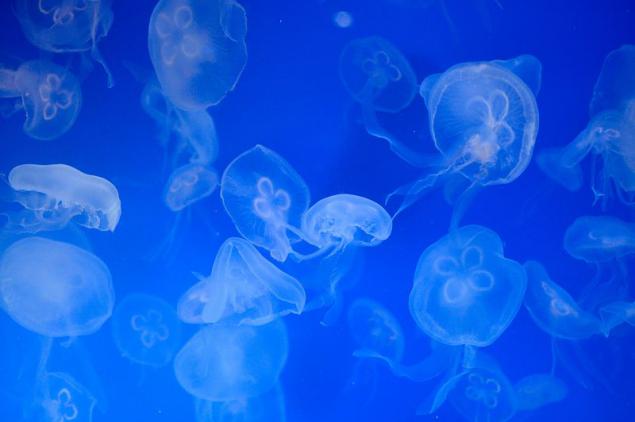
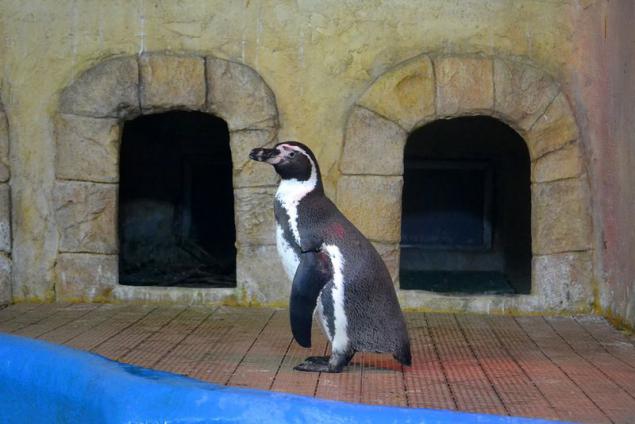
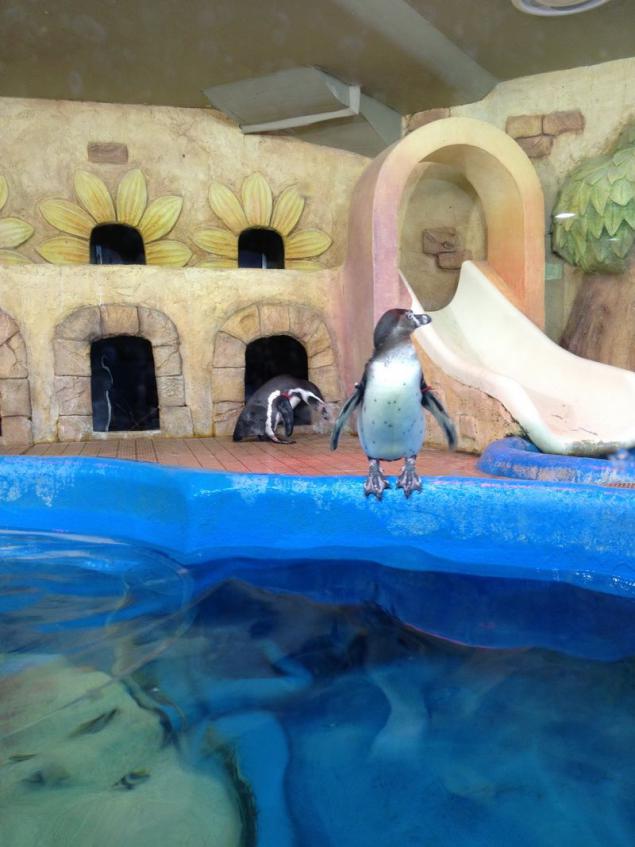
Lotte World (Lotte World) - indoor entertainment center: thrilling rides, an ice rink, various shows, folklore museum, walking trails by the lake ... The park is open to visitors 365 days a year, regardless of the weather.
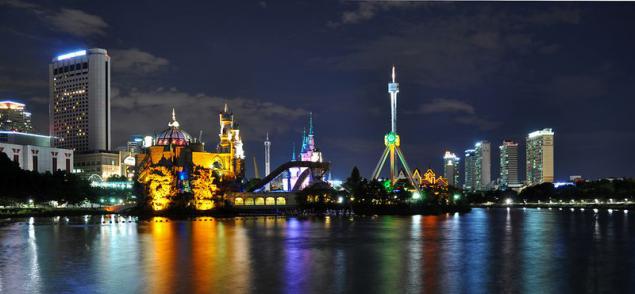
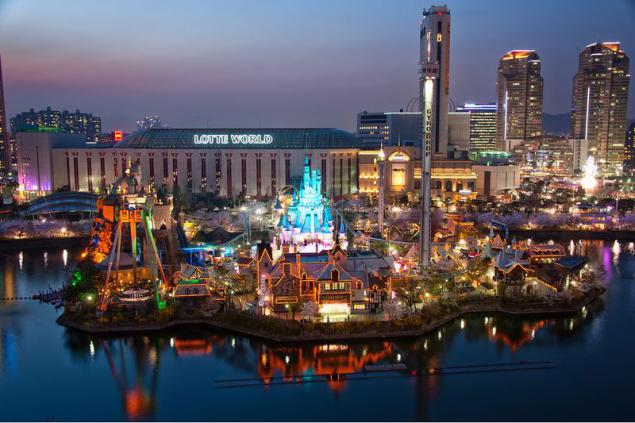


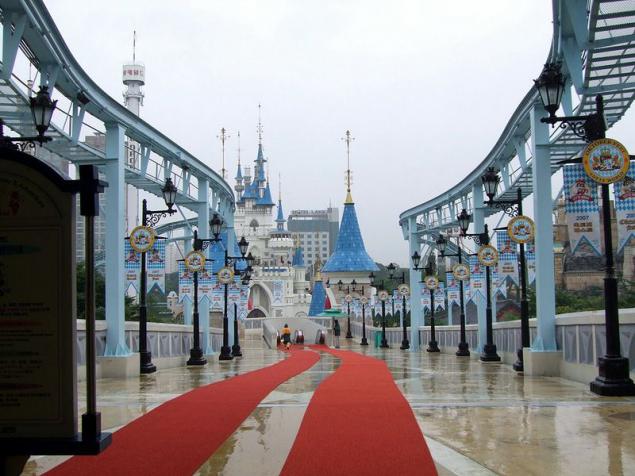
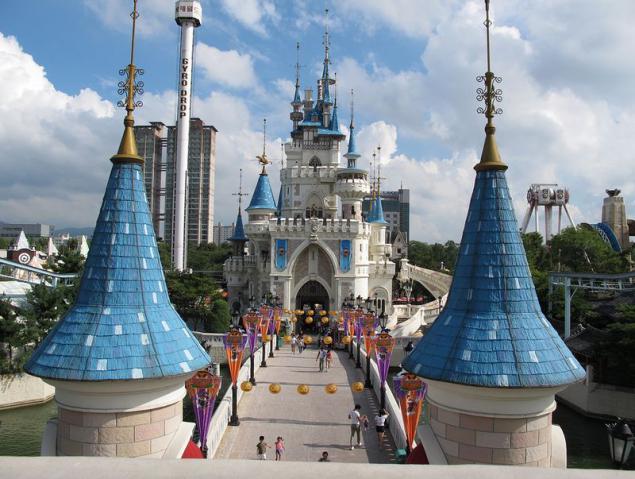


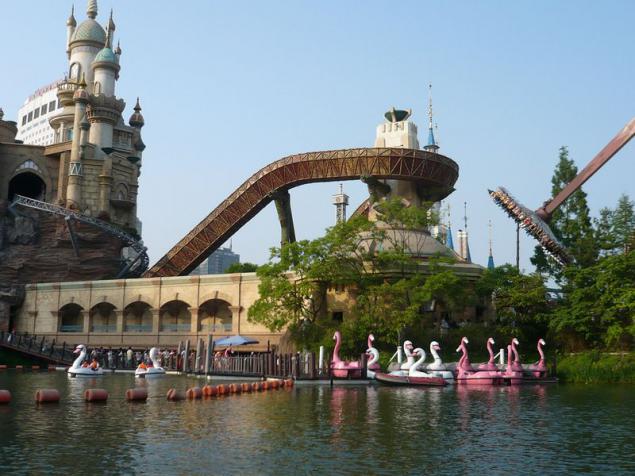
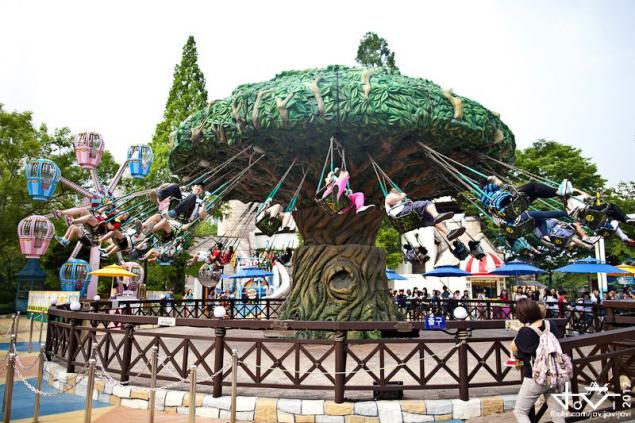
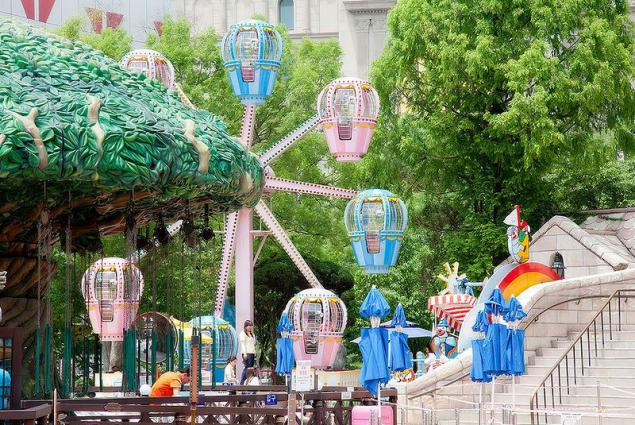
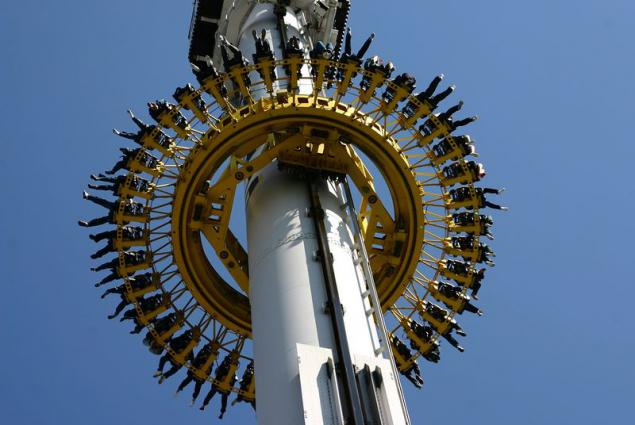
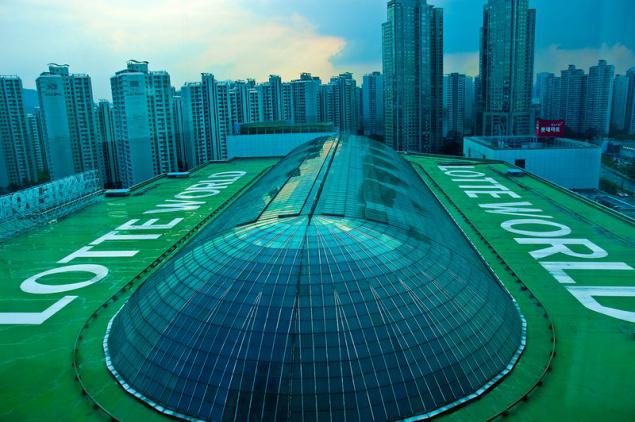
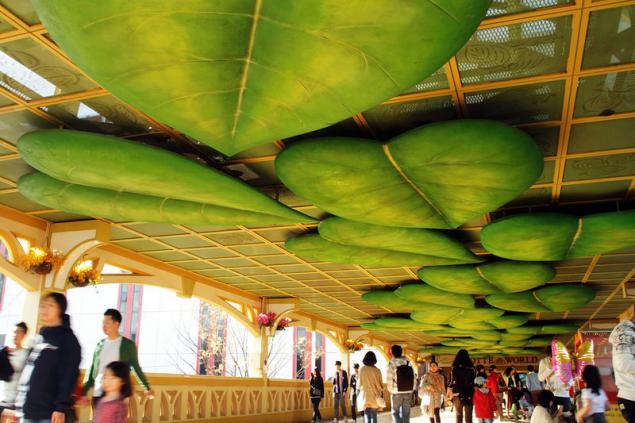
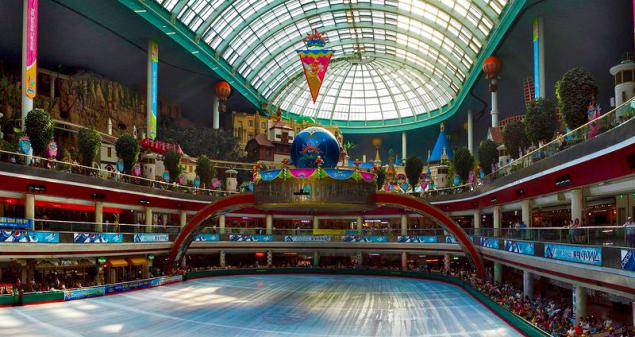

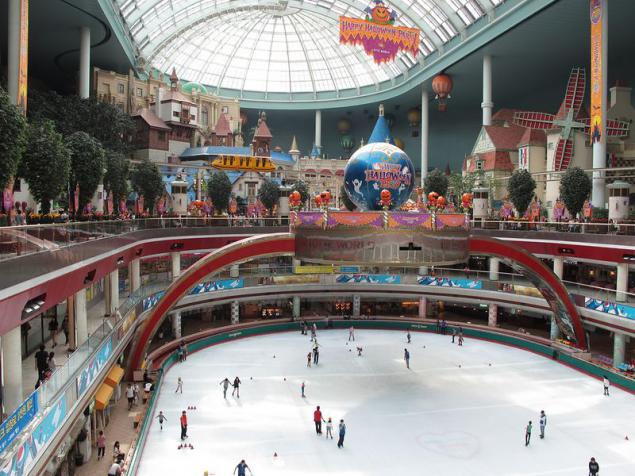

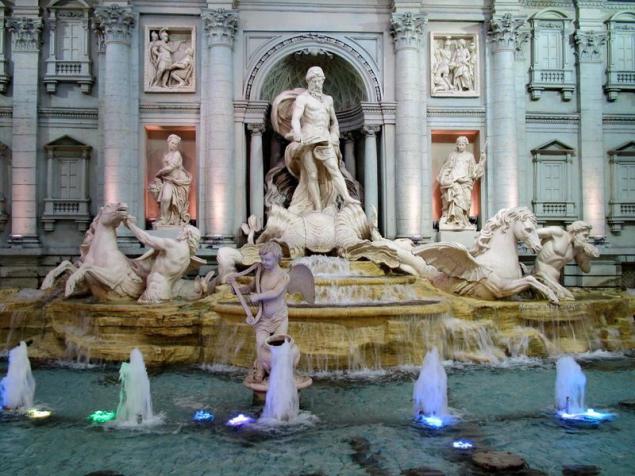
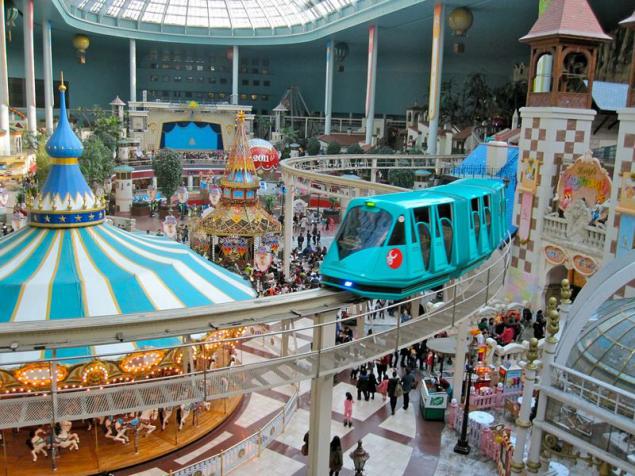

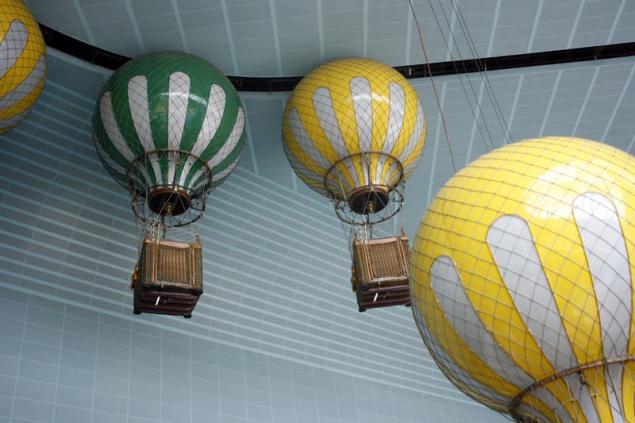
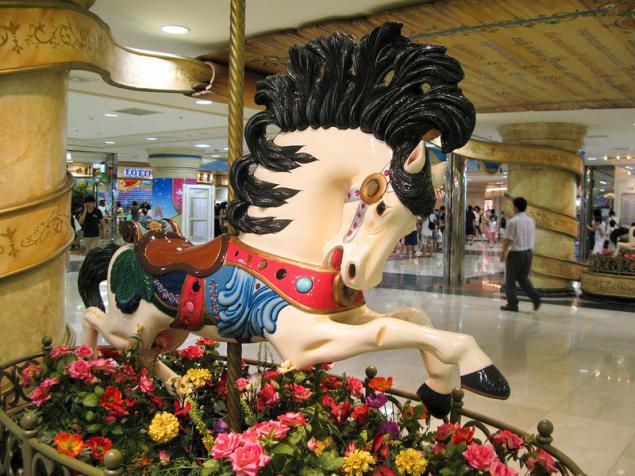
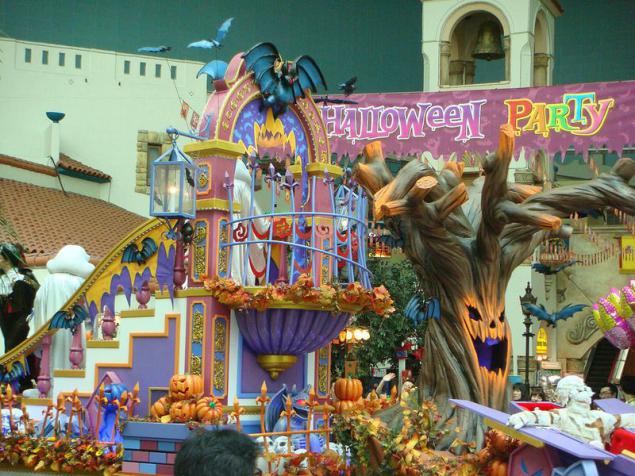
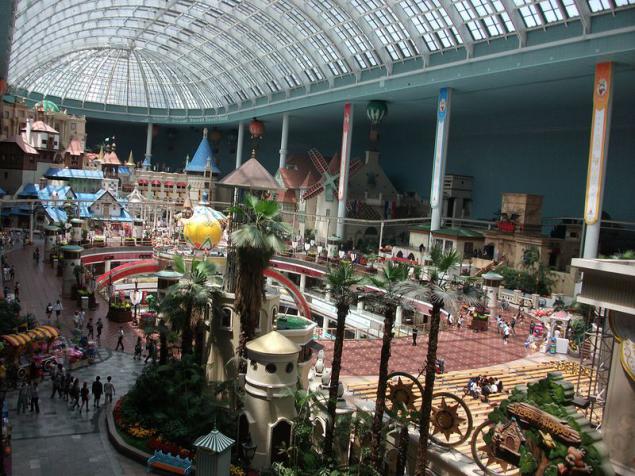
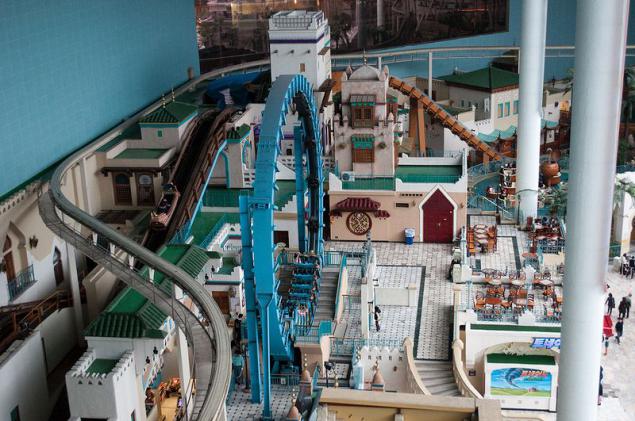
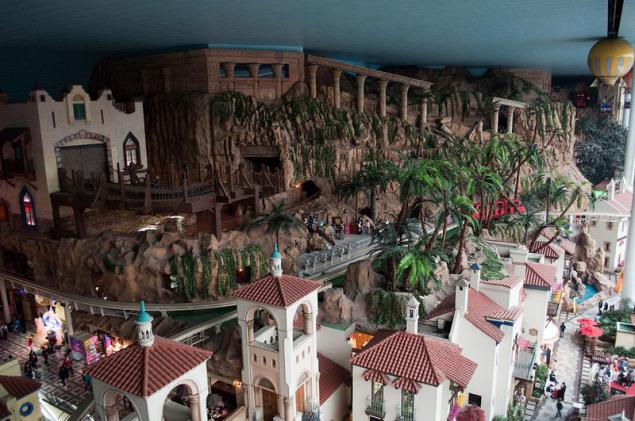
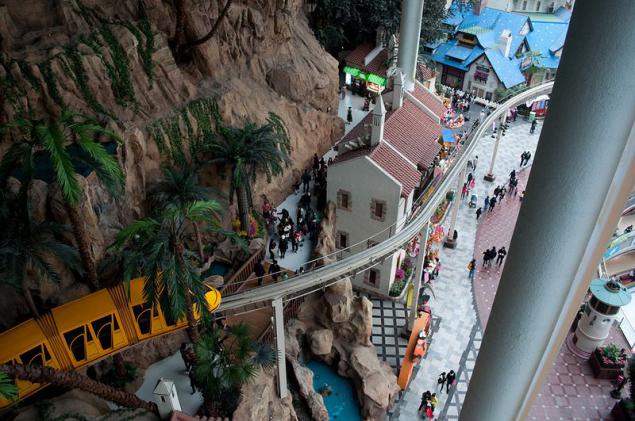

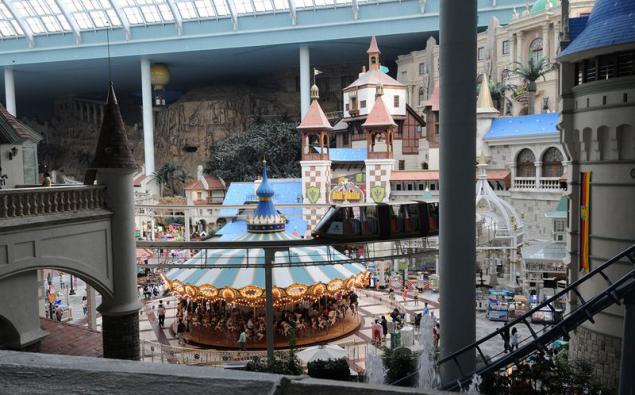


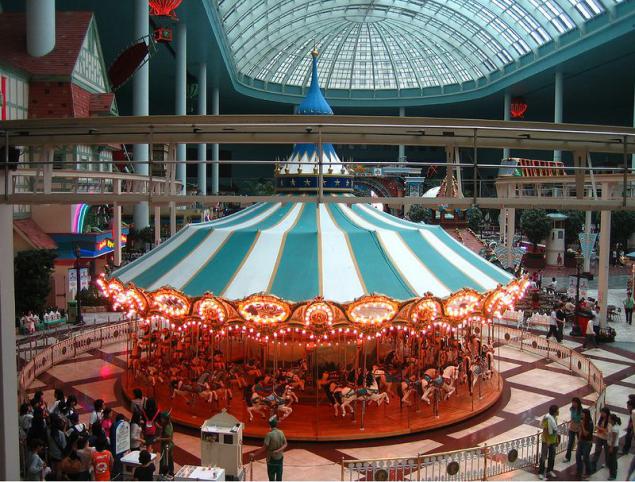


Artificial floating island
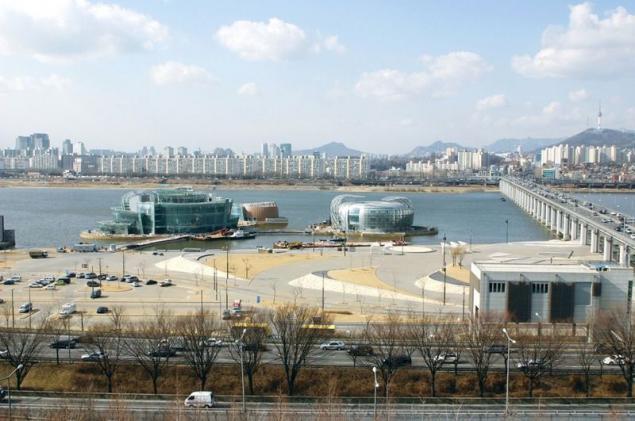
If you walk along the Han River, which divides into two roughly equal parts of the capital of South Korea, somewhere in a central district of Seoul near the bridge Panpho can see the curious structure, consisting of three "floating" on the surface of the river building futuristic and one scene -too float.
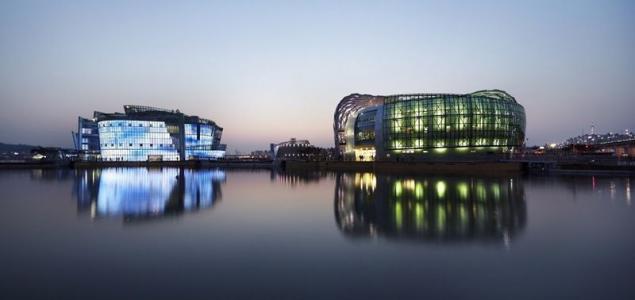
The three islands are located next to each other and are connected to the triangle track. Each of the islands has its own name - Vista, Viva, and Terra. Vista and Viva a little more and consists of three floors, while the Terra -pomenshe, there are two floors.

The largest island - Vista. Its usable area is m2 10,845.
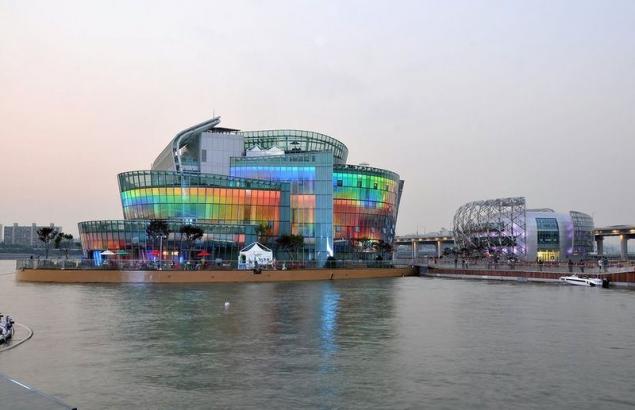

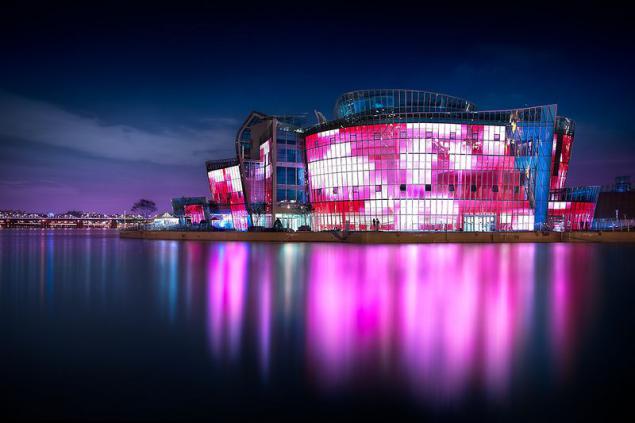
Viva half the area - 5373 m2. Both islands have roughly the same direction and purpose. They settled rooms and halls for cultural events - exhibitions, conferences, receptions, weddings, concerts, etc. For Vista there is a special high-grade conference hall with 700 seats, a restaurant and several shops. Viva is the difference between a spectacular lighting design of many LEDs that you can fully appreciate in the dark. Outwardly Vista is a cylindrical structure with a few angular extensions. Everything is made of clear glass emerald. Viva reminds some circular space station of the future - is dominated by polished aluminum and the glass again.

Terra, in contrast to the two "big brothers", which are intended for cultural activities, has a water-sports orientation. There are the most different facilities for water sports dispute, maintenance and mooring of yachts, boats and so on. It looks like a cylindrical design of dark yellow-orange color. Terra area - 4164 m2, is, as already mentioned, on two floors.
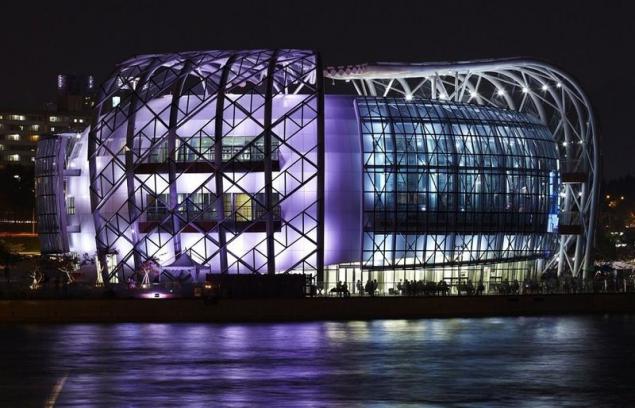
Source: roadman76.livejournal.com



Seoul for six centuries, is the capital of Korea. The spirit of the past is in the maze of streets of the city. The cultural heritage of this town is limitless. The city has many monuments and inspires admiration for modern architecture.





Seoul - this is not only the center of the metropolis, it is also a concentration of all the intellectual, economic and political life of Korea.





Blue House - the center of Korean politics, so named because the roof of the building, in harmony with the surrounding mountains behind Bugaksan consists of blue tiles. The roof of the Blue House are about 150 thousand tiles, and each has been individually molded to make the roof strong enough for decades.


Ceiling painting the gate to the Blue house

The Blue House is the office of the Chief, Ёnbingvan (guest house), Chunchugvan (Spring and Autumn Pavilion), Nokchzhivon (green grass), gorges Mugunghwa (Rose of Sharon) and seven palaces. It is interesting that the buildings have a unique shape and are built in traditional Korean style.


Building Yuksam - "63 floor" - the tallest building around Han River. His golden reflective glass walls cause the surrounding area to overflow golden light - for this it is called "Golden Tower". The building is the highest in Korea tower on view from where you can see all around the city (and on a clear day you can see even the sea Inchon), there is also a cinema IMAX, restaurants, shopping center and the aquarium, which contains about 400 species of the river, tropical and sea creatures.

Namsan (265 m above sea level) - a symbolic mountain located in the heart of Seoul and is very popular as a place to rest.


On top of the mountain is the Seoul Tower, fountains, botanical gardens and Namsan Library. You can climb to the top by cable car or on the landing path. Namsan is a historical place, because once it was the center of the capital protection.








Insa-dong - a place famous labyrinth of alleys, which are located inside the galleries, traditional restaurants, traditional teahouses and cafes. Shops in Insa-dong are very popular among people of all generations, because each store is unique: here you can see the intricacies of Korean traditional art on the example of paintings, sculptures ... In Insa-dong You can also try Korean taffy and meet first-hand with the Korean traditional culture.

Fountain "Moonlight Rainbow»

In 2008, the South Korean capital - Seoul was one interesting sights higher. Most BANGO (Banpo), which connects the banks of the River Han in the past did not differ from other bridges, was turned into an unusual fountain.


The jets of the fountain like a waterfall, special lighting creates a great effect of game of light rays and jets of water. Especially beautiful waterfall looks like at night. BANGO Bridge has two tiers, and if you are on a lower observation deck, you can feel yourself inside a huge waterfall. Admire the wonderful light show can be both day and evening.



Gwanghwamun Square

The name was given the gate Gwanghwamun Square - the main gate of Gyeongbokgung palace complex, which served as the residence of the monarchs of the Joseon Dynasty, and was built in 1399.



During the Joseon Dynasty road passing in front of Gwanghwamun gate, called Yukcho-burn, that is, literally, "the six orders of the street", because it is here that housed the main royal authorities.

Monument to King (Wang) Sejong the Great

The only aquarium in Korea, divided into six thematic sections, contains approximately 40 thousand. Fish and 600 species of marine life - a truly unforgettable sight!





















Lotte World (Lotte World) - indoor entertainment center: thrilling rides, an ice rink, various shows, folklore museum, walking trails by the lake ... The park is open to visitors 365 days a year, regardless of the weather.



































Artificial floating island

If you walk along the Han River, which divides into two roughly equal parts of the capital of South Korea, somewhere in a central district of Seoul near the bridge Panpho can see the curious structure, consisting of three "floating" on the surface of the river building futuristic and one scene -too float.

The three islands are located next to each other and are connected to the triangle track. Each of the islands has its own name - Vista, Viva, and Terra. Vista and Viva a little more and consists of three floors, while the Terra -pomenshe, there are two floors.

The largest island - Vista. Its usable area is m2 10,845.



Viva half the area - 5373 m2. Both islands have roughly the same direction and purpose. They settled rooms and halls for cultural events - exhibitions, conferences, receptions, weddings, concerts, etc. For Vista there is a special high-grade conference hall with 700 seats, a restaurant and several shops. Viva is the difference between a spectacular lighting design of many LEDs that you can fully appreciate in the dark. Outwardly Vista is a cylindrical structure with a few angular extensions. Everything is made of clear glass emerald. Viva reminds some circular space station of the future - is dominated by polished aluminum and the glass again.

Terra, in contrast to the two "big brothers", which are intended for cultural activities, has a water-sports orientation. There are the most different facilities for water sports dispute, maintenance and mooring of yachts, boats and so on. It looks like a cylindrical design of dark yellow-orange color. Terra area - 4164 m2, is, as already mentioned, on two floors.

Source: roadman76.livejournal.com
